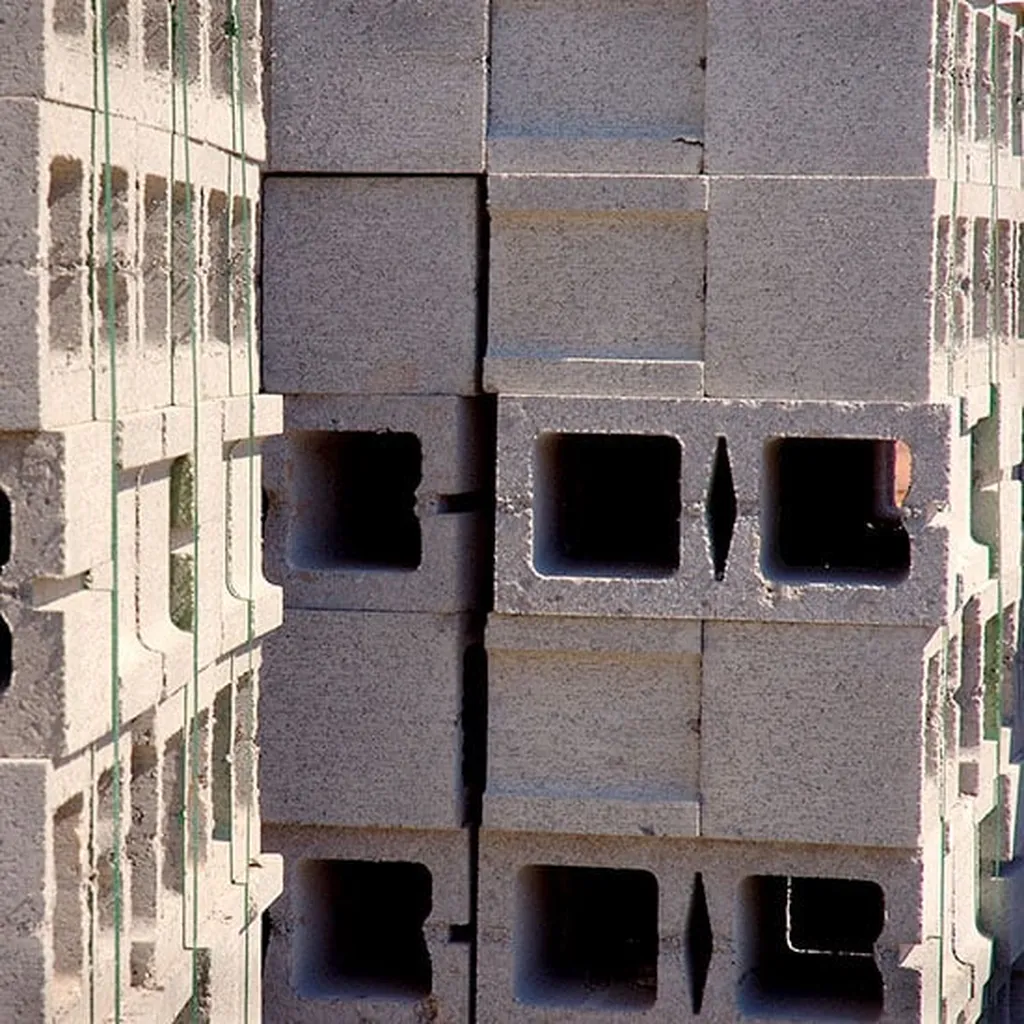In the ever-evolving world of construction materials, a groundbreaking study led by Alper Bideci from the Faculty of Art is turning heads and promising to reshape the industry’s approach to lightweight and durable concrete. Published in the *Journal of Engineering* (translated from Turkish as *Mühendislik Dergisi*), Bideci’s research delves into the performance of polymers in pumice aggregate concrete, offering a glimpse into the future of construction materials.
Polymer concrete (PC) isn’t new, but Bideci’s focus on pumice aggregate polymer concrete (PAPC) is. By incorporating polymer materials into concrete made with pumice, a lightweight volcanic rock, Bideci and his team have observed significant improvements in mechanical and durability performance. “The results are quite remarkable,” Bideci explains. “PAPC exhibits superior compressive and flexural strength compared to conventional concrete, along with reduced density and lower water absorption capacity.”
So, what does this mean for the construction industry, particularly the energy sector? Lightweight and durable materials are in high demand for building energy-efficient structures. PAPC’s reduced density can lead to lighter structures, which require less material and energy to construct. Additionally, the improved strength and durability of PAPC can enhance the lifespan of buildings, reducing maintenance costs and the environmental impact.
Moreover, the lower water absorption capacity of PAPC can be a game-changer in humid environments or structures exposed to water, such as offshore wind farms or coastal buildings. “This material could potentially reduce maintenance costs and increase the lifespan of structures in challenging environments,” Bideci suggests.
The commercial implications are substantial. As the energy sector increasingly focuses on sustainability and efficiency, materials like PAPC could become a staple in construction. “The potential is vast,” Bideci says. “From building lightweight wind turbine towers to durable offshore platforms, PAPC could play a significant role in the future of construction.”
This study is the first of its kind, gathering crucial data that will guide future research. As the construction industry continues to innovate, materials like PAPC could lead the way in creating more efficient, durable, and sustainable structures. The research published in *Journal of Engineering* is a testament to the ongoing efforts to push the boundaries of construction materials, promising a future where buildings are not only stronger but also more environmentally friendly.
As Bideci’s work gains traction, it’s clear that the construction industry is on the cusp of a new era, one where innovative materials like PAPC could redefine the way we build. The journey has just begun, and the future looks promising.

